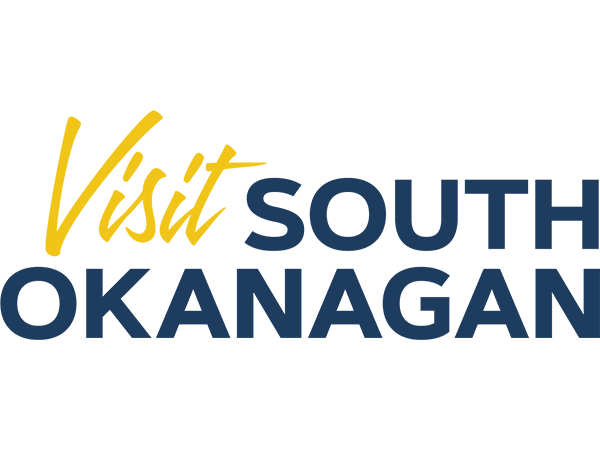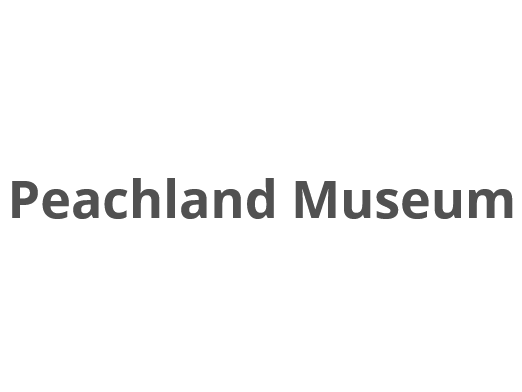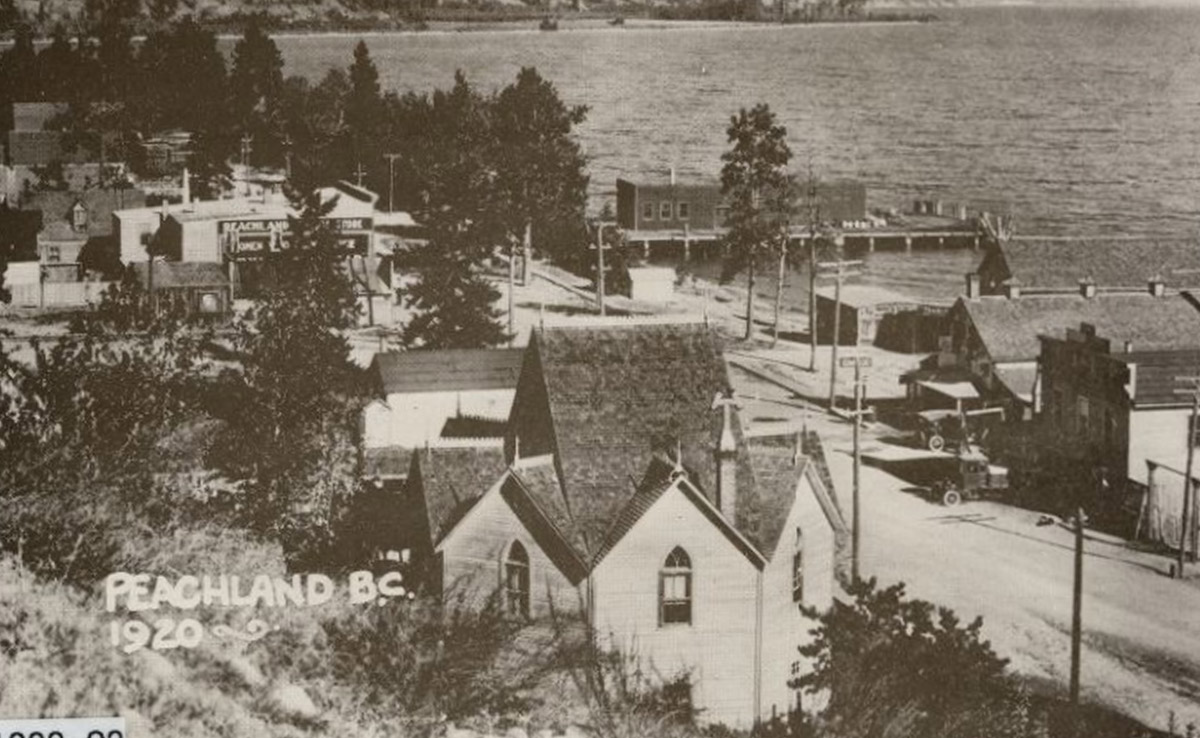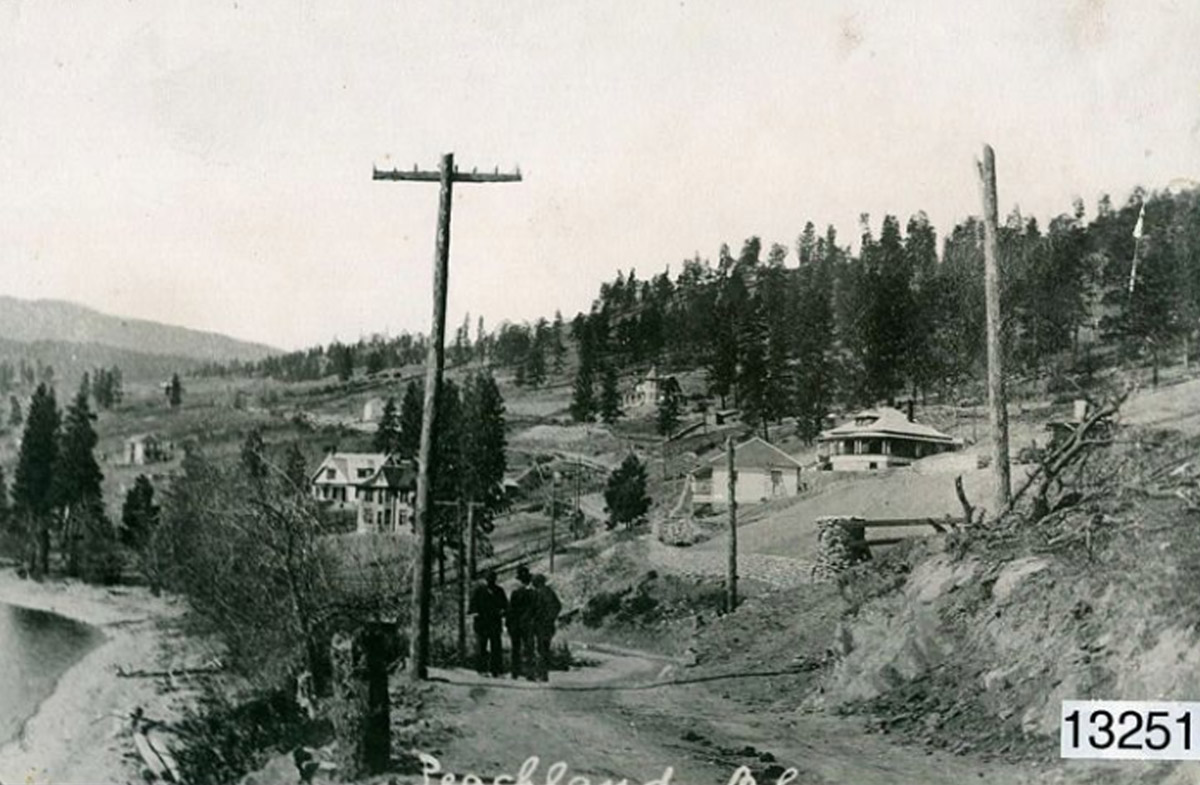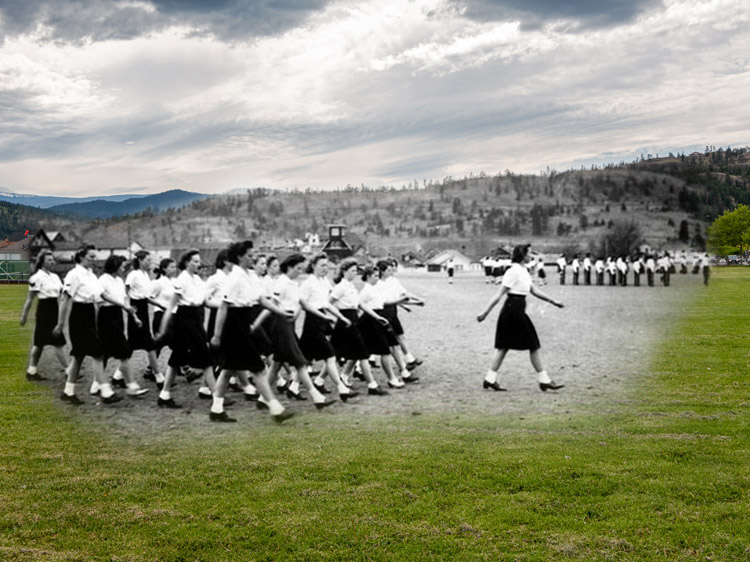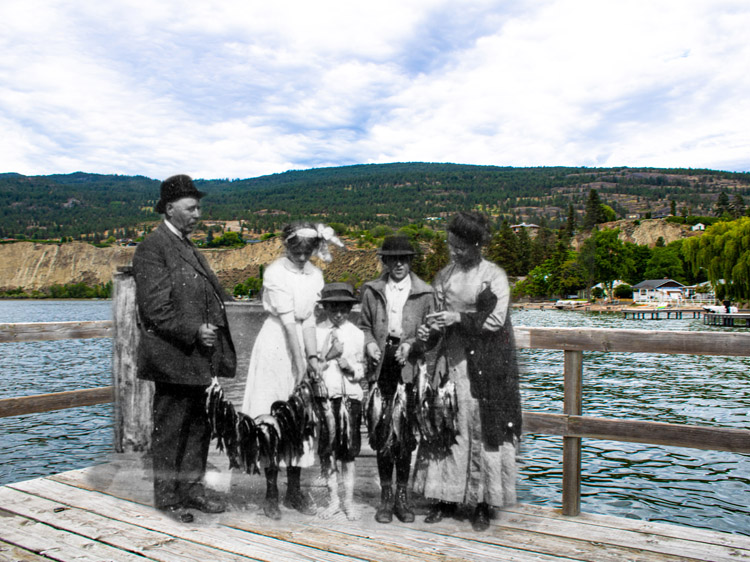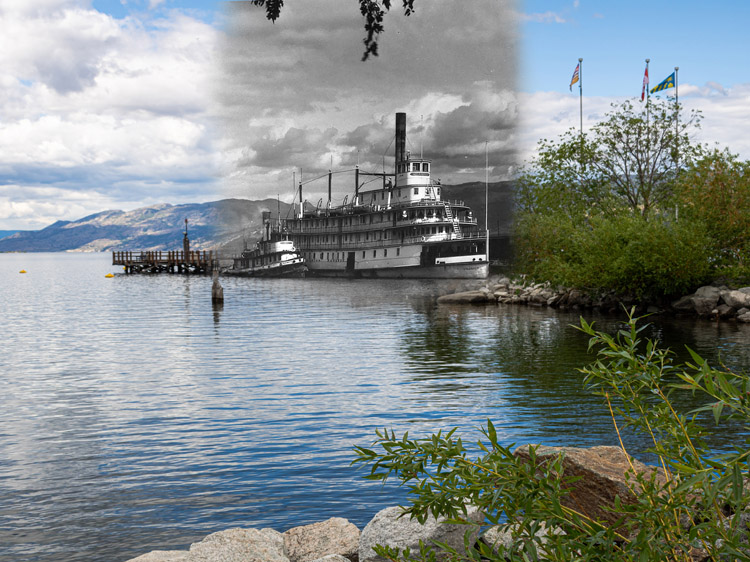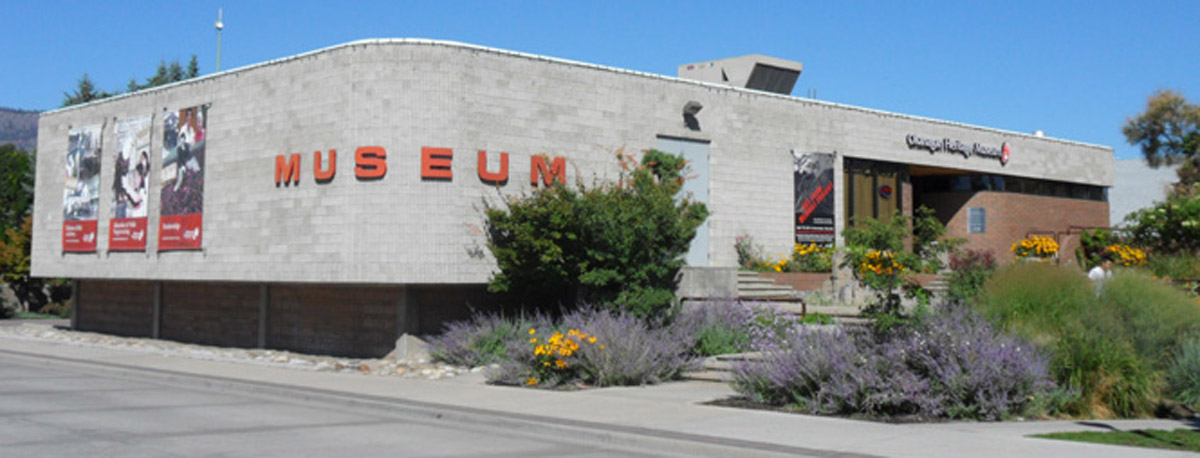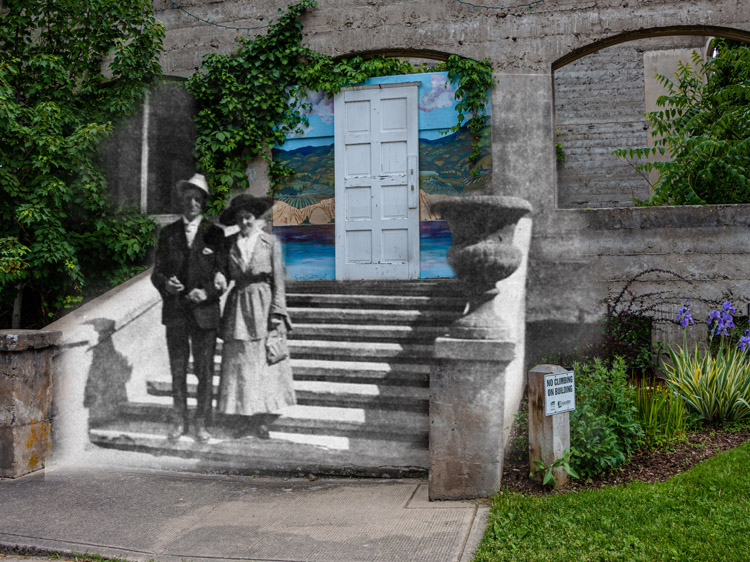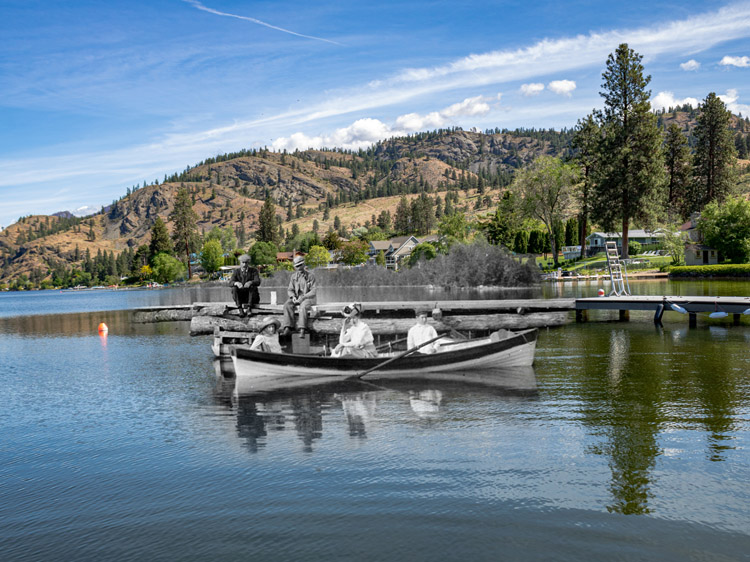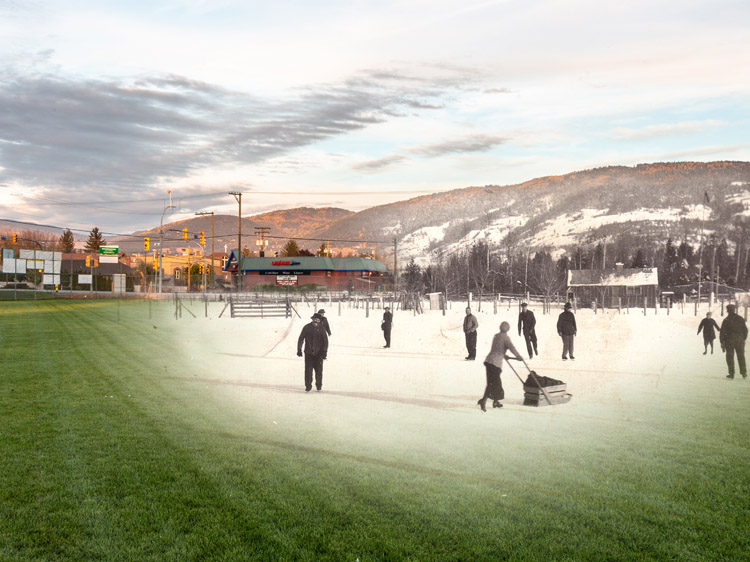For thousands of years, this area has been the home to the Syilx People of the Okanagan Nation, who lived sustainably off the land and developed complex trading networks through the region and beyond. The first Europeans who came to the area of Peachland were fur traders travelling on the fur brigade trail, which passed through where the town is now situated. Peachland itself first got its start in 1889 when prospector J.M. Robinson came to the area and visited the Lambly ranch beside Trepanier Creek. There, he tasted the home-grown peaches and fell in love. Robinson purchased and subdivided the land for the townsite and orchard lots and named the new community "Peachland". From then on, the growth of the settlement was slow and steady as more and more farmers and orchardists moved to the area. Today, the economy of the community has shifted slightly from fruit growing and logging to tourism and local services.
This project was made possible through a partnership with Visit South Okanagan, with support from the Peachland Museum and Peachland's Tourism and Economic Development Committee.
We respectfully acknowledge that Peachland is within the ancestral, traditional, and unceded territory of the Syilx People of the Okanagan Nation.
Explore
Peachland
Stories
The Peachland Baptist Church
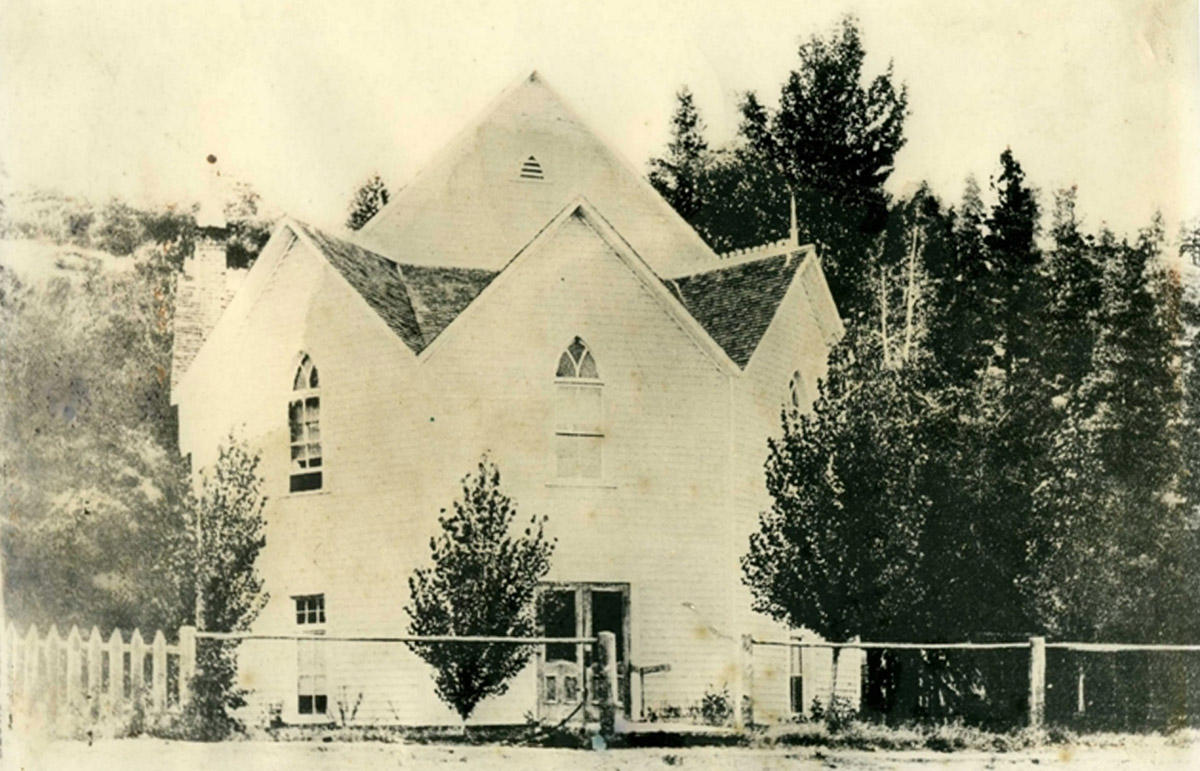
Turning off the highway into downtown Peachland, you are greeted with the sight of the community's most unique historic building. This 8-sided two-storey building was built in 1910 and used as the Baptist Church until 1964. The church was built by Baptist volunteers who wanted a distinctive presence in the community, but the exact reason for its unusual shape is unknown.
The "Little Schoolhouse"

One of the most important things for a young community to consider is the education of its children. For Peachland, this need was met while the community was still in its infancy in 1898, when the population numbered less than 100 people. Prior to the construction of this one-room schoolhouse two homes had been used as temporary classrooms. Today, this little building is the oldest building in Peachland that still stands. The one room schoolhouse served the community well for a decade, then it became clear that the burgeoning community would need a bigger building, so the Peachland School was built at the corner of Beach Avenue and 6th, where the Peachland School stands today.
Then and Now Photos
The Morrin, Thompson & Co Store
1908
This building was originally built as the Morrin, Thompson and Company Store. It later became the Fulks' General Store, Bob's Market, and Sunnyside Market, the latter of which it remains today. In this photograph from 1908, the hitching posts for customers' horses are clearly visible.
The Trepanier Dam
1909
A small dam, pictured here, was built on Trepanier Creek in 1909 to provide power to the community of Peachland. The dam was in operation until 1947, and was accompanied by wooden flumes that carried water to Peachland's farms and residents. Today, the dam sits at the end of a hiking trail which travels along the top of the canyon.
Peachland's Cenotaph
1935
This cenotaph currently stands in Cenotaph Park, but was originally erected in the centre of 2nd Street. It honours those who fell in the First and Second World Wars and the Korean War. The building in the background of this photograph was the Orange Hall, which later became the Legion.
On the CNR Wharf
1945
The woman posing in this photo from 1945 is Madeleine Ekins. She is perched on the Canadian National Railway wharf in Peachland.
Beach Avenue and the Municipal Hall
1940s
This photo shows an early Beach Avenue. The municipal hall is the first building to the right and the Clements Grocery store and garage are beside it farther down the street. Note the early cars on the road, which has not yet been paved.
Princeton Avenue
1950
This photograph was taken in 1950, looking north down Princeton Avenue towards the lake. The rather steep road is still unpaved.





